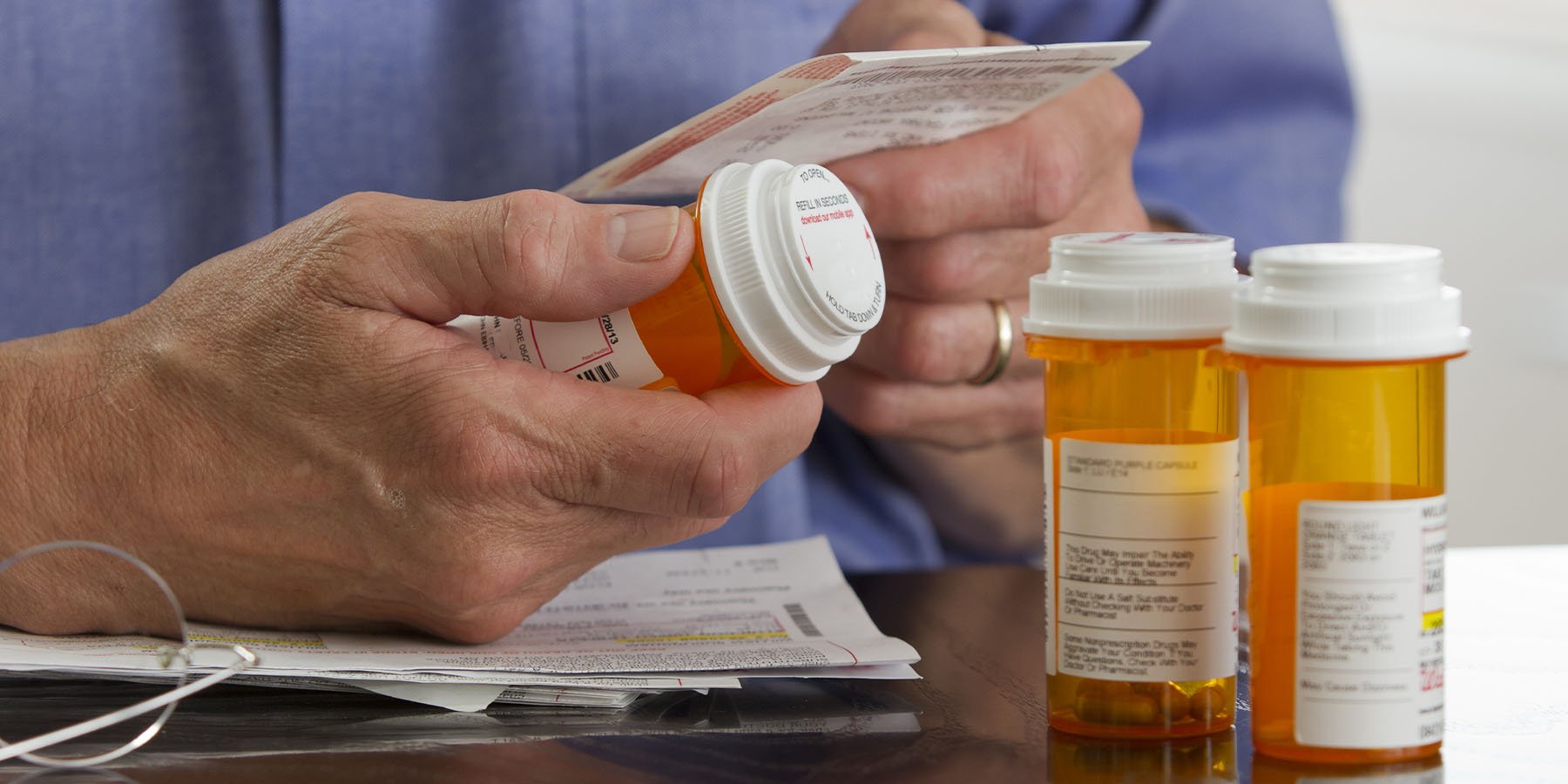Reform of prescription drug prices is badly needed for patients and plan sponsors. Various complexities already make reforming this industry difficult. On July 24, 2020, President Trump announced executive orders intended to address the issue of high prescription drug prices in the United States. These actions are similar to reforms first outlined in The Trump Administration Blueprint to Lower Drug Prices and Reduce Out-of-Pocket Costs, released in May 2018. The timing of these orders and the impact of COVID-19 only adds to the complexities.
While the administration touts the executive order as “historic action,” there is likely a long road ahead before any impact is felt. The power of presidential executive order is limited, and rulemaking is likely required before any of these proposals would take effect. Rulemaking takes months, if not years, and is where some of the Trump administration’s prior prescription drug proposals eventually burned out. There is also the likelihood of court challenges, which would delay implementation.
The First Order: Reduced Cost Insulin and/or EpiPen
The cost of insulin and epinephrine (EpiPens) has been on the rise for years. For some users, these medications have become cost prohibitive. This has resulted in compromised care. President Trump’s executive order would make these medications essentially free to certain low-income individuals through the 340B program. Federally qualified health centers would be required to pass all savings from the purchase of these drugs directly to the low-income patients they serve. Pharma, pharmacy benefit managers (PBMs) and 340B eligible entities will all line up against this provision.
The Second Order: Importation from Canada
A program to import prescription drugs from Canada to the United States has been worked on by this administration for several months. Few details have been revealed on how the program would work. This executive order calls for speeding up the timeline for such a program on certain drugs. Canada is worried about supply shortages for their own country with the added demands of the United States, and pharma has raised concerns over drug importation safety.
The Third Order: The Ban on Rebates in Medicare
The rebate dynamic is a known problem with prescription drug prices. Rebates have exploded as a tool PBMs use to derive a lower net cost. PBMs achieve this by pitting drug companies with competing drugs against one another. The problem is rebates are not transparent and patient cost share is often based on the list price. Further, not all PBM arrangements pass rebates back to the payor.
The Trump administration proposed a ban on rebates in Medicare in 2018. The proposal was expected to raise premium costs for most participants and was ultimately abandoned. The impact of this executive order is no different. The proposal may lower out-of-pocket costs for some Medicare participants, yet it would increase the premium costs for everyone as the result of rebates going away. Pharma is in favor of this proposal. For the short term, it would remove one of the tools PBMs have to hold down costs. If implemented for Medicare, it would take an act of Congress before it could be a requirement of the commercial market.
The Fourth Order: Most Favored Nation Clause (MFN)
The World Trade Organization’s MFN guarantees equal trade practices between members. For example, if one nation reduces tariffs for a member, all members would benefit from the same reduction. President Trump has long championed this concept to ensure patients in the United States are benefiting from the lowest price a drug company has to offer. In the recent executive order, the administration proposes that certain Medicare medications would be the same price as they are in other countries. Many in Congress oppose this and consider it price-fixing. Limited details of this section of the executive order are available.
Impact of COVID-19 on Pricing Reform
Some have called this executive order a political play in reaction to the President’s falling poll numbers among senior citizens, who disapprove of his handling of COVID-19. Congress has made COVID-19 the clear priority, with prescription drug reform proposals even being pulled from consideration by the authors.
Pharma has already responded to these executive orders, calling them a distraction to their work in finding treatments and a vaccine for COVID-19. Although Pharma has not fully committed to revenue and profit limitations on potential COVID-19 vaccines, I expect it to happen. A vaccine done with a limited profit margin is a valuable talking point for future debate over prescription drug prices when Pharma makes the case that high prices are needed to support future research and development.
Commercial Market Impact
The executive orders of last week came with a lot of strong talk and media attention. Although reforms are badly needed, the likelihood of these reforms being implemented seem low. If any of these proposals are implemented, the impact to the commercial market is expected to be limited in the short-term. Greater debate and action are needed to address the prescription drug pricing problem we have in the United States.




